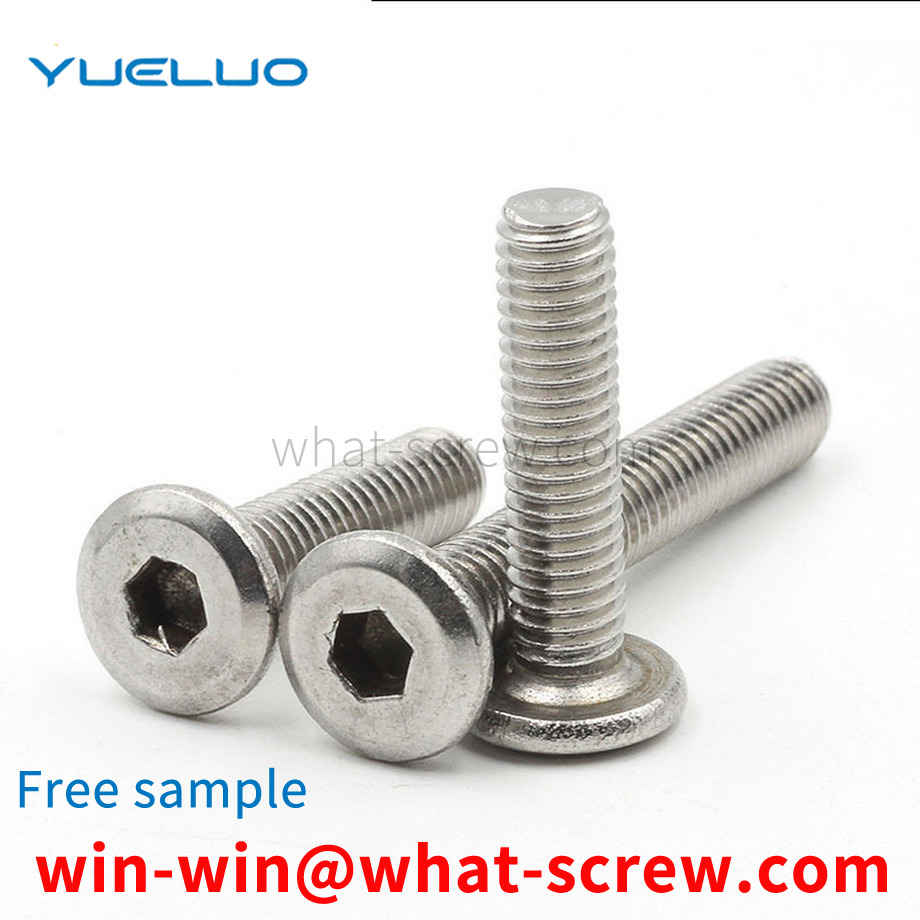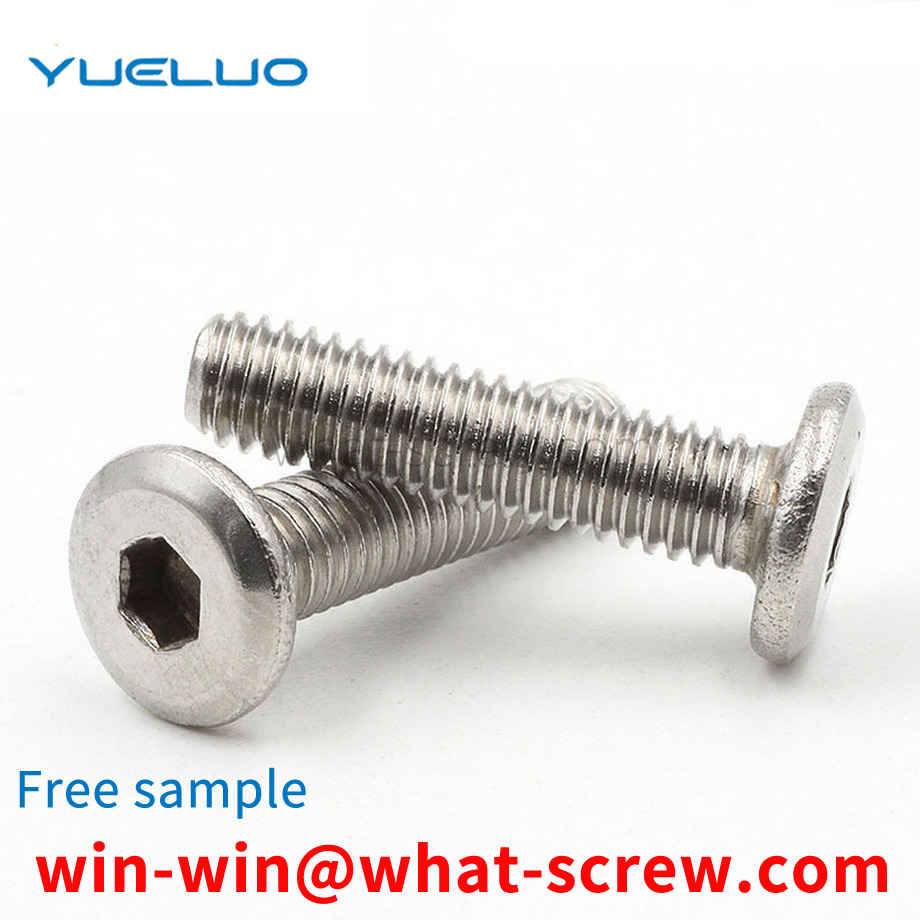Applications Automotive industry -- cars, trucks, buses, compressors, construction machinery, wind power equipment, fasteners, fasteners, agricultural machinery, foundry industry, drilling equipment, shipbuilding industry, military mining equipment, oil drilling rigs (onshore or offshore), public utilities, rail transit drives System metallurgical equipment rock hammer
The existing method of tightening large screws is generally 1. After the nut is screwed to the connected piece by hammering + nut angle method, use a casing to connect the lever arm of the wrench, or use a free hammer to hammer the plate handle, Rotate the nut an additional angle to obtain the required preload. This is not only a primitive and labor-intensive fastening method, but also has great limitations, such as limited space, or the screw itself is a rotating shaft and so on, it is difficult to use this method.
The utility model proposes an installation structure which adopts a T-shaped bolt to cooperate with a channel, which includes a bolt head, an installation channel, a nut and a washer. The upper end of the screw rod is provided with a screw head, the two side walls of the bolt head are respectively provided with an arc surface, the two ends of the bolt head are provided with protrusions, and the interior of the installation channel is provided with an inner cavity, There is an opening above the installation channel, the bolt head is installed in the inner cavity, the nut is installed on the screw, the nut is located above the installation channel, and the gasket is installed on the installation channel and the nut between.
2. Low cycle fatigue Low cycle fatigue means that the fatigue stress is close to or exceeds the yield limit of the material. The material has a certain amount of plastic deformation in each strain cycle. The life is generally in the range of 102 to several times 104, and the fatigue curve is generally used. ε-N curve representation. The finite element calculation results show that after the bolt is screwed into the lock nut, the stress at the root of the threaded piece is large, and part of the surface area is in a yield state, while the strain in the central area of the root of the threaded piece is small, and the strain situation is more complicated. The area with high strain at the root of the thread piece experiences reciprocating loading, which is prone to low cycle fatigue, which reduces the pressure of the thread piece and reduces the screw-out torque.
When used for the connection and fixation of doors, windows, cabinets, etc. involving hinges, the traditional screw fastening method is usually used, and the screws are directly driven into the screw holes of the connected parts, and the screw end caps are directly exposed, which not only affects the connected parts. Moreover, the end caps of the screws exposed for a long time are easy to rust, and there are burrs in the end processing of the general screws. When used for fastening connections, the end caps of the screws are easy to scratch people, which affects the appearance and is not safe.
We have many years of experience in the production and sales of screws, nuts, flat washers, etc. The main products are: screws and bolts, GB860 black saddle elastic washers, rivets, rivets, large knurled thumbscrews and other products, we can provide you with The right fastener solution for you.



















 Service Hotline
Service Hotline




